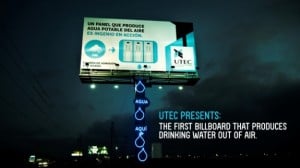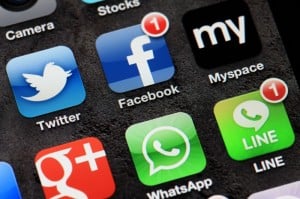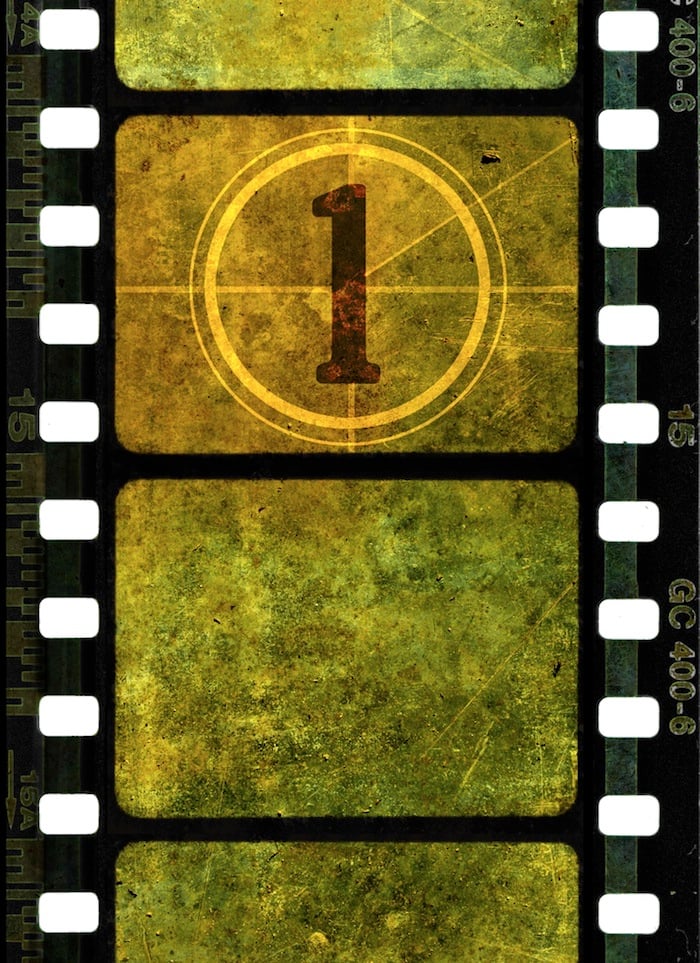
Thanks to technology, Out-of-Home (OOH) advertising has drastically changed in recent years, creating incredible opportunities for brands to engage with consumers on the go. Ten years ago, OOH advertising could’ve been defined as a boring media; you would drive past a billboard and see the same wallpaper message for 30 days. But thanks to new tech advancements, we now live in an age where the message can change based on the day of the week, time of day or even the temperature in the air.
However, MediaPost explains that place-based OOH advertising isn’t currently a core part of marketers’ media plans. One of the Ad Council’s panels at SXSW, Disrupting the Scene: Place Based and Digital Ads, took a deeper dive into this issue and debated whether marketers should think more seriously about OOH and what it could mean for their brands. Below are four key takeaways from the panel:
1. OOH is the “most apologized for” medium, which is a blessing in disguise.
TV and radio ads are not banned anywhere in America, yet billboards are banned in four states – most famously Vermont. OOH can be obtrusive and disruptive in ways that other mediums are not, which is a game changer for brands looking to break through the clutter.
Panelist Tim Nudd, Senior Editor at Ad Week, showed an example of a recent British Airways outdoor campaign. A London billboard was programmed to show a virtual boy standing up and pointing at an actual British Airways flight as it passed over the board, identifying the plane’s flight number and destination. It’s one thing to see an actual child pointing up at a plane but when a virtual boy on the billboard starts pointing at it…. people are disrupted, but also amazed.
2. There is a magical gap between what people expect from OOH and what they experience.
People expect a dynamic experience from their smart phones or televisions, but when they see an OOH board they expect the same fixed reality. Heineken did an incredible job creating an experience that defied people’s OOH expectations. Last summer they set up an installation at JFK airport and asked travelers to ditch their plans immediately to fly to a more exotic locale which was chosen at random. The shocking ability for an ad to actually affect your physical location drove tons of buzz.
3. “Place Based” advertising is not bound to place and it allows consumers to feel personally connected to brands.
Panelist Ranvir Gunjal, CEO and co-founder of Chute, explained how campaigns are now creating experiences that allow consumers to actually be part of the campaign. Chute helps brands develop advertising using social media content from their fans.
During the Essence Music Festival, Chute set up a Coca-Cola “Happiness Wall” using actual photos taken by people at the festival. Coke commented on uploaded photos to Twitter and Instagram with the hashtag #essencefest asking for consent to post them to their Happiness Wall. Concertgoers loved interacting with Coke on their social media networks and were excited to see their personal photos featured on the wall. Coke Brand managers said it’s the only campaign they’ve done with legal implications that actually drove brand affinity.
4.Privacy is over
What if people aren’t interested in being part of an ad campaign but are organically pulled into one through responsive OOH? According to Ranvir, “In many ways privacy is over so we should get over it. Privacy is something we’re willing to give up as long as what we are getting in return has value.”
As consumers, there are things we can do to protect ourselves. We have the choice to easily turn off notifications and location services on our phones. For me, it comes down to whether or not the message is relevant or makes me happy. When OOH campaigns allow users to participate and feel excited about the experience - it’s a win-win for both the brand and the user.
“The messages have become transactions for people that inspire them, make them laugh and get them excited. We’ve never had this opportunity before,” explained panelist David Krupp, CEO of Kinetic Worldwide.
We live in a time where brands can now tell a story in which consumers can participate. You can become friends with a brand, and engagement with OOH is a big way to entice people to get involved. Given I work at the Ad Council, I am excited to see how these technological advancements in OOH can help inspire change and improve lives.
There was no better follow-up to such a great panel than to contribute my own content to an OOH ad at Buzzfeed’s SXSW party. Check out the digital version here!






